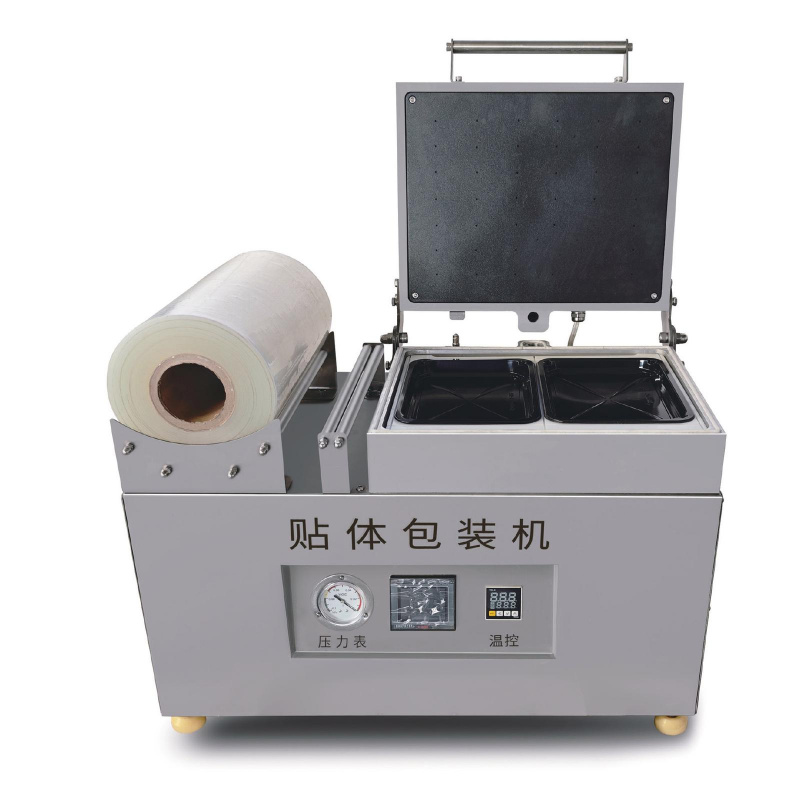Classification of sterilization equipment and features of each type of equipment
Common sterilization equipment includes high-temperature thermal sterilization (120°C sterilization), steam sterilization, cooking sterilization pots, microwave sterilization equipment, and irradiation sterilization. Based on the type of sterilization machinery, they can be categorized into water bath sterilizers, spray sterilization pots, ultraviolet sterilizers, ozone sterilizers, Pasteurization, and flash sterilization machines.
High-Temperature Thermal Sterilization:
High-temperature thermal sterilization mainly uses elevated temperatures to kill bacteria in food, reducing the total number of bacteria to meet national food safety standards. Steam sterilization and cooking sterilization pots both fall under this category of high-temperature thermal sterilization.
Microwave Sterilization
Principle of Microwave Sterilization
Microwave sterilization equipment works through the combined effects of thermal and biological actions of microwaves. Microwaves affect the potential distribution across bacterial cell membranes, altering the concentration of electrons and ions around them, thereby changing membrane permeability. This leads to poor nutrient absorption, disruption of normal metabolism, and hindered growth and development, ultimately resulting in bacterial death.
From a biochemical perspective, the nucleic acids (RNA) and deoxyribonucleic acids (DNA) responsible for normal bacterial growth and reproduction are large molecules connected by hydrogen bonds. Microwaves cause these hydrogen bonds to loosen, break, and recombine, potentially leading to genetic mutations or chromosomal fractures. Microwave sterilization thus utilizes electromagnetic field effects and biological effects to eliminate microorganisms. Practical experience has shown that microwave systems offer clear advantages in terms of sterilization temperature, time, product quality retention, shelf life extension, and energy efficiency.
Features of Microwave Sterilization
1. Short Processing Time and Fast Speed
Conventional thermal drying and sterilization rely on heat conduction, convection, or radiation to transfer heat from the surface to the interior of objects. These methods often require long processing times before the core reaches the desired dryness or sterilization temperature. In contrast, microwave heating involves polar molecules aligning with the electric field direction. Under high-frequency electromagnetic fields, these molecules continuously realign, causing molecular motion and friction that generates heat. As a result, materials heat up due to their own dielectric loss of electromagnetic energy, significantly reducing processing time. Under appropriate power density, satisfactory results can often be achieved within seconds or minutes.
2. Low-Temperature Drying and Sterilization Preserve Nutrients
Microwave heating offers both rapid temperature rise (thermal effect) and non-thermal sterilization effects. Compared to traditional thermal methods, it achieves the desired drying and sterilization results at lower temperatures and shorter durations. Typically, sterilization occurs at 65–70°C, 75–80°C, or 103–121°C for 3–8 minutes, preserving more nutrients, color, aroma, flavor, and appearance. For example, conventional thermal treatment retains only 46–50% of vitamin C in vegetables, while microwave treatment preserves 60–90%. Similarly, conventional heating retains 58% of vitamin A in pork liver, whereas microwave heating retains up to 84%.
3. Energy Conservation
Microwave systems have high energy conversion efficiency, generally over 70%. Since microwaves act directly on the material and not on the surrounding chamber, there is no additional thermal loss. As a result, microwave technology saves 30–50% of electricity compared to traditional methods.
4. Uniform and Thorough Treatment
Traditional thermal drying and sterilization begin from the material's surface and then conduct heat inward, leading to temperature differences between the inside and outside. This results in inconsistent sterilization and drying effects. To preserve flavor and shorten processing time, the internal temperature may not reach sufficient levels, compromising effectiveness. Increasing the temperature can help, but this negatively affects the product’s sensory qualities. Microwaves penetrate materials, acting simultaneously on both surfaces and interiors, ensuring uniform and thorough sterilization and drying.
5. Easy Control and Suitability for Automated Production
Microwave drying and sterilization equipment is simple to operate and easy to control, with no thermal inertia. It allows flexible adjustments according to different process requirements, reducing labor needs and lowering production costs.
6. Simple Equipment and Advanced Technology
Compared to traditional sterilization methods, microwave equipment does not require boilers, piping systems, coal yards, or transport vehicles—only basic water and electricity supplies. It imposes no special requirements on factory buildings, offering low investment and quick returns.
7. Improved Working Conditions and Space Savings
Microwave equipment operates without high temperatures, residual heat, or self-heating components, eliminating thermal radiation. This greatly improves working conditions. Additionally, the compact design of microwave systems saves valuable floor space.







